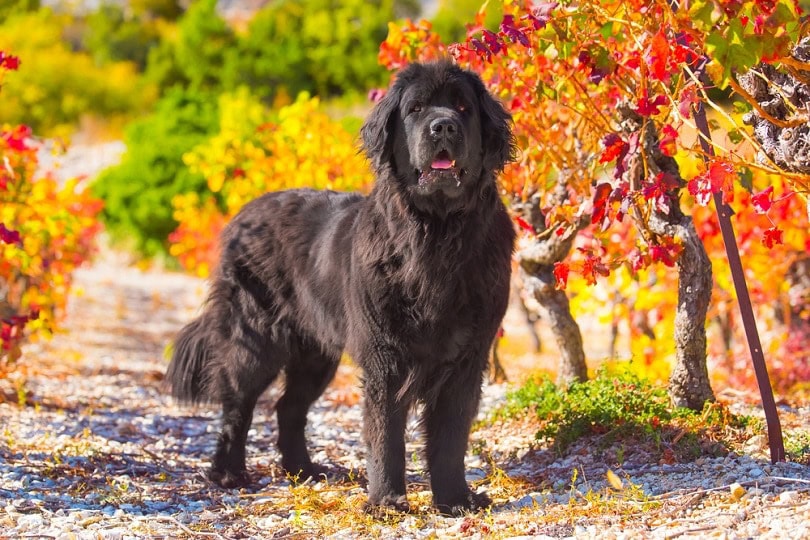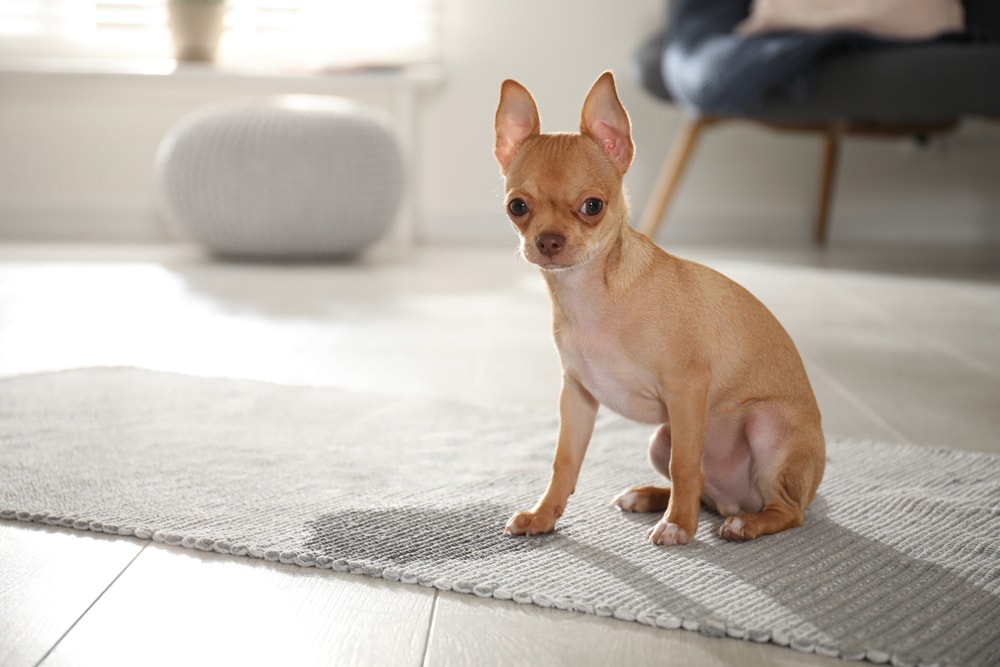Dog Jowls: Everything You Need to Know

Updated on

Dog jowls are the loose skin around your dog’s mouth and throat. While all dogs have relatively loose skin on their mouth and necks, some dogs have far more pronounced and identifiable jowls. Just picture the mouths of Mastiffs and Bulldogs to get a better idea!
Besides the adorable and unique aesthetic value that jowls give some dogs, jowls actually serve an essential function. However, large, pronounced jowls can cause issues in some breeds and need special attention and care.
In this article, we’ll discuss everything that you need to know about dog jowls, including their function, how to look after them, and possible disorders associated with your dog’s jowls.
What are dog jowls for?

Dogs with larger-than-average jowls were specifically bred that way, either for fighting, hunting, or aesthetics. But all dogs have jowls, and they serve an important function.
Your dog’s jowls are vital in helping them pick up scents, which is why Scent Hound breeds typically have larger-than-average jowls. When these dogs are tracking a scent, they hang their head low to the ground to allow them to “scoop up” and collect scents. Their prominent jowls collect and waft the scents toward their nose.
Dogs bred for waterfowl hunting and swimming also have large jowls to help them breathe when in water. Their jowls act as a large air pocket to help them breathe better while swimming. While not all swimming breeds have the large jowls of Bulldogs, they are still relatively larger than non-swimming breeds.
Large jowls offer protection during fights and create cushioning around their face to help protect against bites. The loose skin also offers more mobility during a fight, and even when an opposing dog is firmly latched onto a dog’s jowl, they still have a large enough range of motion to bite back.
Many of these functions are irrelevant these days unless the dog is employed for hunting and scenting. Thankfully, dogfighting has been outlawed around most of the world, but a dog’s jowls can still provide some protection in a fight.
Top 5 Popular Dog Breeds with Large Jowls
To help you get a better idea of the function and appearance of jowls, here are well-known breeds with pronounced jowls.
1. Bulldog

Bulldogs were bred initially for “bull-baiting,” and their loose and droopy jowls were helpful protection. They have also historically been a popular breed for dog fighting, and their large jowls gave them an upper hand of added protection. Thankfully, both these “sports” have been outlawed, and their droopy and loving expression has made them a popular family breed.
2. Mastiff

The Mastiff family of breeds has long been used as loyal guard dogs, hunting dogs, and, unfortunately, dogfighters. Their prominent jowls were useful for protection in fights and for picking up scents for hunting.
3. Saint Bernard

The Saint Bernard is famous for their large, floppy jowls and friendly nature. They were bred in the snowy Swiss Alps as search-and-rescue animals, and their large jowls helped them pick up the scents of lost mountaineers.
4. Basset Hound

The Basset Hound is a Scent Hound bred for hunting and tracking down scents. Their jowls helped them pick up scents more accurately.
5. Newfoundland

Known for their gigantic size and friendly temperament, “Newfies” were bred as water dogs to help fishermen on boats and retrieve in water. This knack for swimming has made them popular search-and-rescue animals in water, and their pronounced jowls helped them breathe well while swimming.
Jowls and drooling
While all dogs drool somewhat, which is completely normal, dogs with large jowls drool much more. Their jowls act as large bags to catch and build up saliva, which eventually accumulates and overflows. Excessive drool is perfectly normal in these large-jowled breeds, and there is usually no reason for concern.
Sometimes, excessive drooling may point toward a deeper issue, and your pup may have a dental problem or something lodged in their mouth. If the excessive drooling has other accompanying signs, like lack of appetite or lethargy, a visit to the vet may be necessary.
Dogs with prominent jowls are susceptible to health issues and diseases and are more likely to suffer from infections. It’s vital to keep their teeth and mouths clean. If you notice that your dog’s jowls are red and swollen or there is a foul smell around their mouth, an underlying infection may need to be addressed.
- Oral papillomavirus is a common issue that affects dogs’ mouths and is characterized by small growths similar to warts inside their mouths. A virus causes this disease and is thus contagious between dogs. These growths rarely cause any significant problems and usually disappear on their own within a few months. However, if the growths are particularly large or abundant, surgery is sometimes required.
- Lip fold dermatitis is also fairly common in dogs with large jowls and is caused by trauma from constant friction. It results in inflammation and even infection from the large number of microbes present in a dog’s saliva. This disorder is usually treated topically with antimicrobial wipes or ointments.
Good oral hygiene is vital for breeds with prominent jowls since the accumulation of bacteria can swiftly result in infections. Food can easily get stuck in these folds of skin, too. Regular teeth brushing and wiping their jowls down regularly with a clean, damp cloth will help tremendously to prevent infections.
 Final Thoughts
Final Thoughts
If you own a dog with particularly large jowls, you’ll need to pay special attention to oral hygiene to avoid any infections. While drooling excessively may point toward health issues, it is relatively normal with these breeds, and there is usually no reason to worry.
Hopefully, this article has cleared up any confusion that you may have had about your dog’s jowls and helped you understand the vital role that their jowls play in their lives.
Featured image credit: Mary Swift, Shutterstock



 Final Thoughts
Final Thoughts








